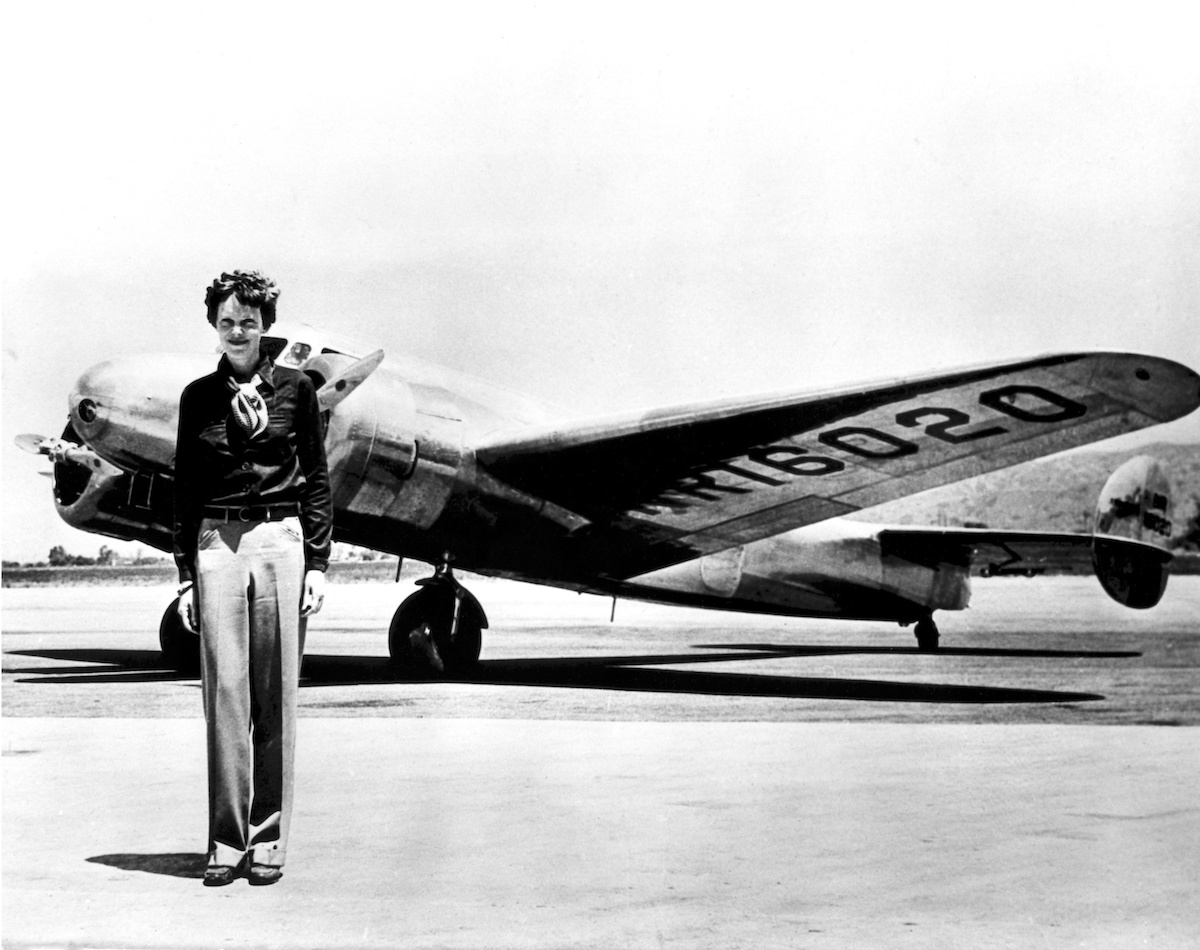
The Man Who Found the Titanic Is Hunting for Amelia Earhart's Plane

The adventurer who discovered the Titanic is taking on a new mission: finding the Electra, the long-lost plane of Amelia Earhart, the record-breaking pilot who was last heard from on July 2, 1937.
According to The Washington Post, Robert Ballard plans to study the tiny Pacific island of Nikumaroro (previously known as Gardner Island) this August, where some historians think Earhart and her navigator, Fred Noonan, crashed down, possibly living on the island as castaways.
If fruitful, this discovery would add another notch to Ballard's already impressive belt. In addition to finding the Titanic, he and his colleagues have located the carrier USS Yorktown, which was lost at the Battle of Midway in 1942; President John F. Kennedy's patrol boat in the Solomon Sea; and the German battleship Bismarck, according to The Washington Post. [Photos: The Incredible Life and Times of Amelia Earhart]
There are many ideas — by historians and amateur detectives alike — about what happened to Earhart, who was on her way to becoming the first female aviator to circumnavigate the world. Some, including the U.S. Navy, think the Electra crashed and sank into the Pacific, killing Earhart and Noonan. Others suggest that the duo were captured and possibly executed by the Japanese. Some sleuths even wonder if her plane has already been found.
And then there's the Nikumaroro theory, researched by The International Group for Historic Aircraft Recovery (TIGHAR), which suggests that the Electra crashed into the coral reef on this uninhabited, 1.3-mile-wide (2 kilometers) island. It's also possible that Earhart made distress calls from the island that went unanswered, TIGHAR said in a 2018 report, which was not peer reviewed. (Skeletal remains, which have since been lost, were found on Nikumaroro, but it remains controversial whether these were Earhart's bones.)
To get to the bottom of the Nikumaroro mystery, Ballard and his crew are heading to the island. Once there, they will split into two teams — one using bone-sniffing dogs on land, and the other, managed by Ballard's co-leader Allison Fundis, looking for signs of the Lockheed Model 10 Electra on the seafloor. To do this, the seafloor team plans to map the geography using imaging equipment that distinguishes between hard and soft objects, The Washington Post reported. This method is more precise that regular sonar, which would be hard to use because Nikumaroro is replete with volcanic-made gullies and valleys.
Next, robotic vessels outfitted with two cameras apiece will survey the seabed, and the crew will watch the video feed for human-made objects. "Sonar can't tell the difference between a rock the size of an engine and an engine," Ballard told The Washington Post, "but your eyes can."
Sign up for the Live Science daily newsletter now
Get the world’s most fascinating discoveries delivered straight to your inbox.
A similar method helped Ballard find Roman ships in the Black Sea after his team spotted cargo that the crew had thrown overboard as the ships sank. The Roman ships were even smaller than the Electra, said Ballard, who has a postdoctoral degree in marine geology and geophysics.
TIGHAR is "delighted" that Ballard's team is looking for the remains of Earhart, Noonan and the Electra on Nikumaroro, Richard Gillespie, executive director of TIGHAR, told The Washington Post. The expedition is being paid for by National Geographic Partners and the National Geographic Society, which plan to broadcast a special about the search, as well as Earhart's legacy, this October.
- In Photos: Searching for Amelia Earhart
- 10 Biggest Historical Mysteries That Will Probably Never Be Solved
- Image Gallery: Stunning Shots of the Titanic Shipwreck
Originally published on Live Science.

Laura is the archaeology and Life's Little Mysteries editor at Live Science. She also reports on general science, including paleontology. Her work has appeared in The New York Times, Scholastic, Popular Science and Spectrum, a site on autism research. She has won multiple awards from the Society of Professional Journalists and the Washington Newspaper Publishers Association for her reporting at a weekly newspaper near Seattle. Laura holds a bachelor's degree in English literature and psychology from Washington University in St. Louis and a master's degree in science writing from NYU.









